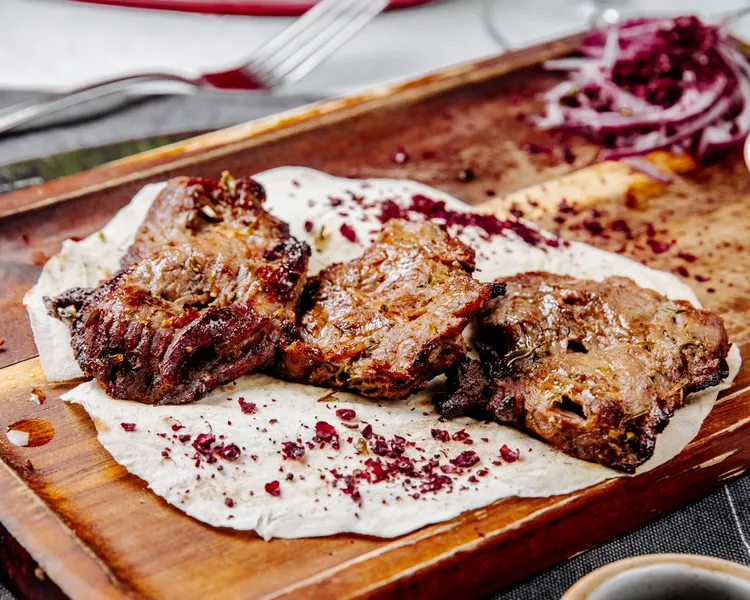Tofu for Beginners: How to Cook, Types, Nutrition & Easy Recipes
Discover everything you need to know about tofu for beginners - types, nutrition, storage tips, and easy recipes. Learn how to cook tofu so it’s crispy, tasty, and full of flavor.
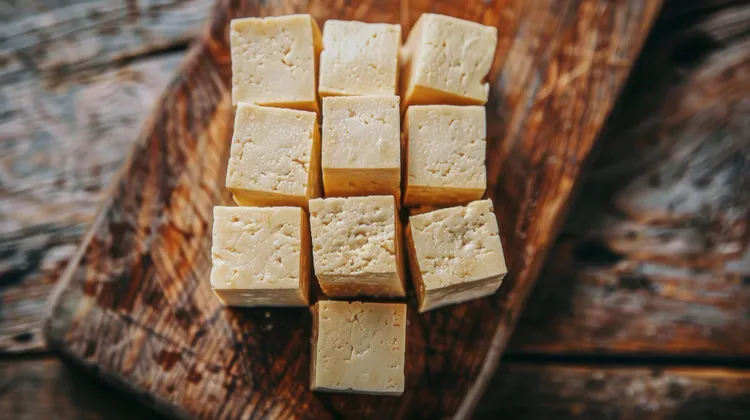
If you’ve recently stumbled upon tofu at the grocery store or seen it in recipes online and wondered what all the fuss is about, you’re not alone. Tofu has gained popularity worldwide as a healthy, versatile, and affordable protein source. Whether you’re curious about plant-based eating, want to add more variety to your meals, or simply want to understand how to cook this mysterious block of soy, this guide is for you.
In this beginner’s guide, we’ll cover what tofu is, how it’s made, the different types available, nutritional benefits, storage tips, and - most importantly - how to cook it so it tastes delicious.
What Is Tofu?
Tofu, sometimes called bean curd, is a soy-based food that originated in China over 2,000 years ago. It’s made by curdling fresh soy milk, pressing it into solid blocks, and cooling it - similar to the process of making cheese from dairy milk.
Its mild flavor allows it to absorb marinades and spices beautifully, making it one of the most adaptable ingredients in plant-based and Asian cuisines.
Types of Tofu: Which One Should You Buy?
Walking down the tofu aisle can feel overwhelming because there are several types. Here’s a simple breakdown:
Silken Tofu (Soft Tofu): Smooth, creamy, and delicate. Perfect for smoothies, desserts, dips, and soups like miso.
Soft Tofu: Slightly firmer than silken but still fragile. Works well in soups, scrambles, or braised dishes.
Medium Tofu: Holds its shape better while still being tender. Great for soups, stews, or stir-fries where you want tofu to soak up sauce.
Firm Tofu: A popular choice for beginners. Versatile enough for pan-frying, baking, grilling, and stir-frying.
Extra-Firm Tofu: The most beginner-friendly! Less water content, so it crisps up nicely when baked or fried.
Super-Firm Tofu (High-Protein Tofu): Dense and chewy with little water. No need to press it, making it perfect for quick meals.
Beginner Tip: Start with firm or extra-firm tofu if you want tofu that’s easy to handle and can be cooked in many ways.
Nutritional Benefits of Tofu
Tofu isn’t just versatile - it’s also a nutritional powerhouse:
High in protein: A 3.5 oz (100g) serving contains about 8 grams of protein.
Low in calories: Great for weight management.
Rich in minerals: Calcium, iron, and magnesium.
Contains all essential amino acids: A complete plant-based protein.
Cholesterol-free and heart-friendly.
For vegans, vegetarians, or anyone cutting back on meat, tofu is an excellent protein replacement.
How to Store Tofu
Unopened: Store in the refrigerator until the expiration date.
Opened: Submerge leftover tofu in fresh water, keep in an airtight container, and change the water daily. Use within 3-5 days.
Freezing: Yes, you can freeze tofu! Freezing changes its texture, making it chewier and more “meaty.” Perfect for stir-fries and stews.
How to Prepare Tofu (Step by Step)
One reason beginners struggle with tofu is skipping the prep work. Here’s how to do it right:
Drain the liquid: Open the package and pour out the liquid.
Press the tofu: Wrap it in paper towels or a clean kitchen towel, then place something heavy (like a skillet) on top for 15–30 minutes. This removes excess water and helps tofu crisp up. (Skip this if using silken or super-firm tofu.)
Cut into desired shapes: Cubes, slices, or crumbles depending on your recipe.
Marinate (optional): Tofu absorbs flavor well. Use soy sauce, garlic, ginger, or any seasoning mix.
Cook: Bake, pan-fry, stir-fry, grill, or air-fry.
Cooking Methods: How to Make Tofu Taste Good
Here’s how you can cook tofu so it’s flavorful and satisfying:
1. Pan-Frying
Coat tofu cubes lightly in cornstarch for a crispy finish.
Fry in oil until golden brown on all sides.
Best for stir-fries, rice bowls, or adding crunch to salads.
2. Baking
Marinate tofu cubes and spread on a baking sheet.
Bake at 400°F (200°C) for 25-30 minutes, flipping halfway.
Great for meal prep and low-oil cooking.
3. Air-Frying
Similar to baking but quicker (about 15 minutes at 375°F / 190°C).
Super crispy with little oil.
4. Grilling
Use firm or extra-firm tofu, sliced thick.
Marinate and grill for a smoky flavor.
5. Scrambling
Crumble firm tofu into a skillet.
Add turmeric, salt, and spices for a scrambled “eggs” vibe.
6. Soups and Stews
Add silken or soft tofu to miso soup, hot pot, or curries.
Common Beginner Mistakes (and How to Avoid Them)
Not pressing tofu: Leads to soggy results.
Not seasoning enough: Tofu needs bold flavors. Don’t be shy with sauces, spices, or marinades.
Using the wrong type: Silken tofu will fall apart in stir-fries, while extra-firm is too dense for desserts.
Skipping high heat: To get crispy tofu, cook at high heat or bake long enough.
Easy Tofu Recipes for Beginners
Here are five foolproof recipes to try:
- Cook time 20 min
- Prep time 15 min
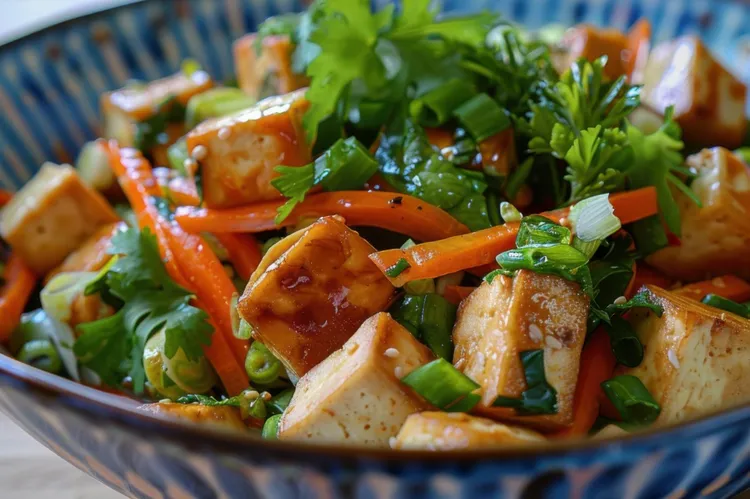
- Cook time 0 min
- Prep time 10 min
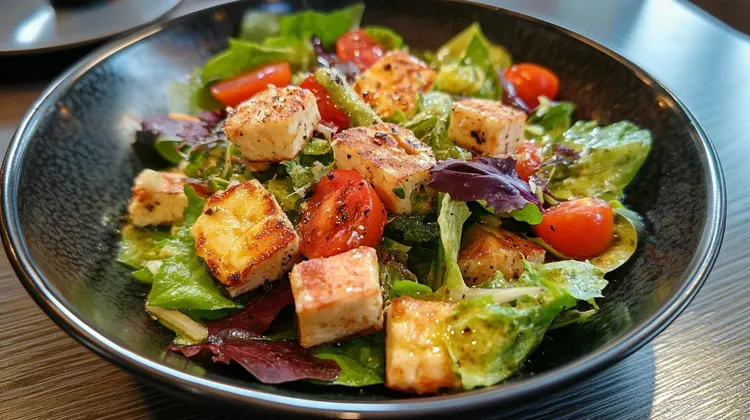
- Cook time 10 min
- Prep time 5 min
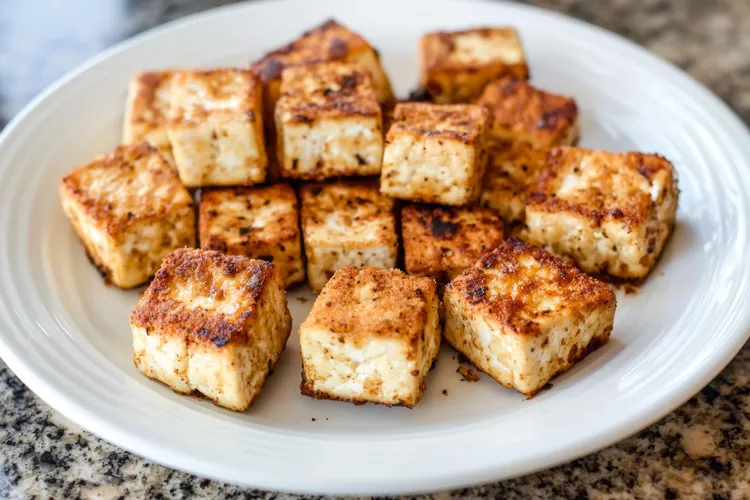
- Cook time 30 min
- Prep time 15 min

- Tofu tahini scramble
- Cook time 10 min
- Prep time 5 min
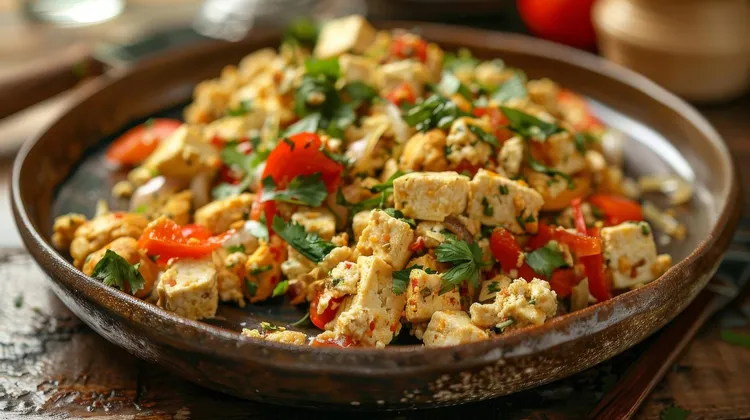
Why You Should Add Tofu to Your Diet
It’s affordable and accessible.
Can be used in savory and sweet dishes.
Boosts your protein intake on a plant-based diet.
Reduces reliance on animal protein for more sustainable eating.
Tofu might seem intimidating at first, but once you understand the basics - choosing the right type, prepping it correctly, and cooking it with bold flavors - you’ll discover how versatile and satisfying it can be. From crispy baked tofu to creamy silken tofu desserts, the possibilities are endless.
So, the next time you’re at the store, pick up a block of tofu and give it a try. With this beginner’s guide, you’ve got everything you need to start your tofu journey.
FAQ for Tofu
1. What is tofu made of?
Tofu is made from soybeans. Soy milk is curdled using a coagulant, then pressed into blocks, similar to how cheese is made.
2. Is tofu healthy?
Yes! Tofu is high in protein, low in calories, cholesterol-free, and a great source of calcium and iron. It’s considered a heart-healthy plant-based food.
3. What type of tofu is best for beginners?
Firm or extra-firm tofu is the easiest for beginners because it holds its shape well and crisps up nicely when cooked.
4. Do you need to press tofu before cooking?
Yes, pressing removes excess water, making tofu crispier and more flavorful. The exception is silken tofu or super-firm tofu, which don’t need pressing.
5. Can you freeze tofu?
Absolutely! Freezing tofu changes its texture, making it chewier and meatier—great for stir-fries and stews.









